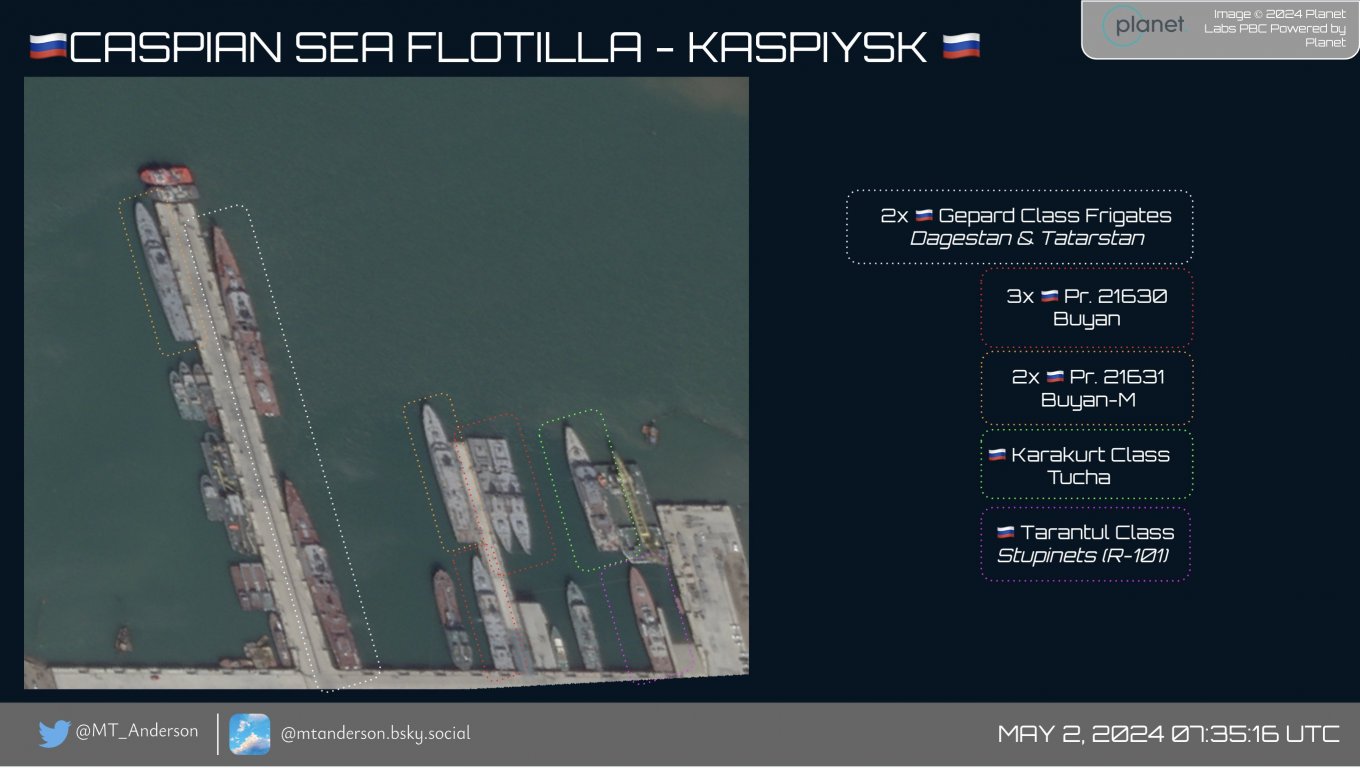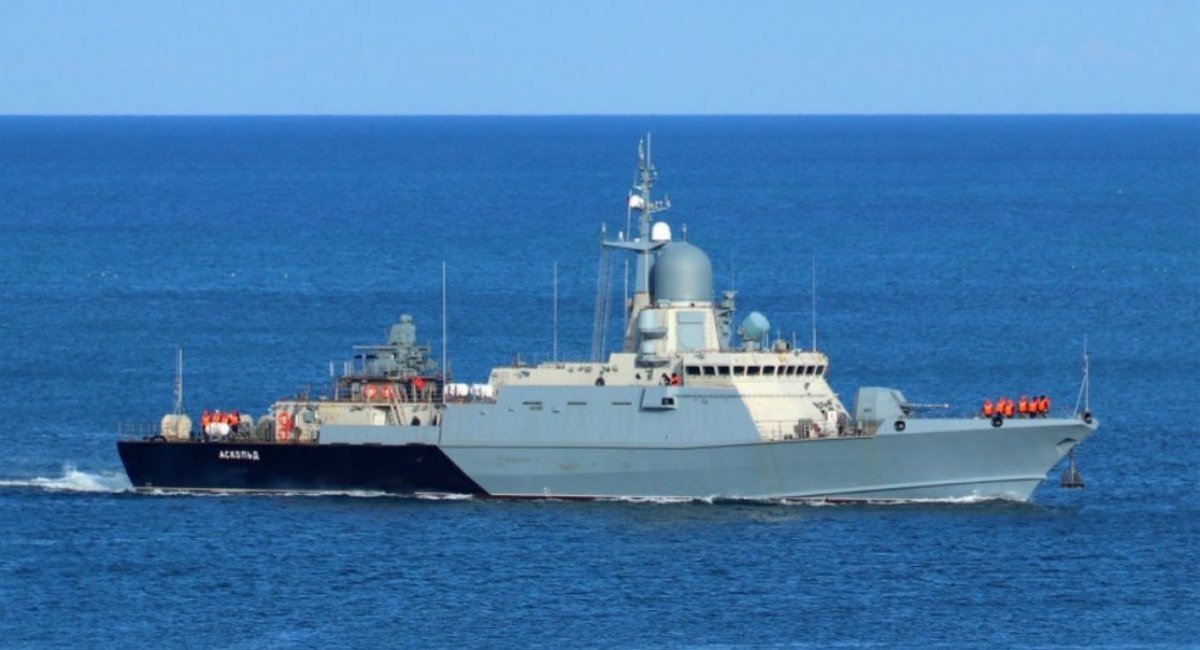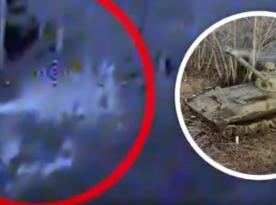August 26, 2024, the Amur missile corvette was introduced into the Caspian Flotilla of the russian Navy. This warship is a carrier of Kalibr land-attack cruise missiles and belongs to the Project 22800 Karakurt class.
Practically, this means that russian fleet in the Caspian Sea has been reinforced with even more capacity to launch long-range missile strikes, especially on Ukraine. Amur became the fourth ship in the Caspian Flotilla capable of firing Kalibr LACMs — all together, they can launch up to 32 missiles in one sortie.
Read more: russia Has Not Deployed Ships in the Black Sea for a Week, Keeping Them in Novorossiysk

To add context, the Caspian Flotilla has been involved in missile strikes on Ukraine a few times: once in the early weeks of russia's full-scale invasion of Ukraine in February–March 2022, then presumably during the massive aerial attack on July 8, 2024, when multiple Kalibr launches were also carried out from the Caspian Sea.
But here's an interesting nuance. Amur was built in Kerch on the Black Sea coast and was originally supposed to join the Black Sea Fleet, accordingly. Alongside Amur, three other ships of the Karakurt class were to enter service locally, namely Tsiklon, Askold, and Tucha.
However, Tsiklon and Askold were hit by Ukrainian long-range strikes, in November 2023 and May 2024, respectively. After these events, russians quite logically decided to save their newest missile ships, Amur and Tucha, by transferring them to the Caspian Sea via inland waterways. Moreover, as of the spring of 2024, these corvettes were still regarded as ones undergoing tests and not yet included in the russian Navy, so their loss could be exceptionally painful.
First reports about the relocation of the Kalibr carriers named Amur and Tucha to the Caspian Sea date back to late April 2024. Next month, a satellite image was published showing one of these two ships at the naval base in Kaspiysk.

Lastly, let's recall the specifications of Project 22800 Karakurt ships:
- loaded water displacement: 870 tons;
- hull dimensions: 67 meters in length and 11 in width;
- maximum speed and operational range: 30 knots and 2,500 nautical miles, respectively;
- crew capacity and endurance: 39 people and 15 days, respectively;
- armament: one 76mm gun, eight launchers for Kalibr LACM or Oniks anti-ship missiles, Pantsir-ME naval air defense system.
Read more: What a Neptune Missile Does to a russian Ferry: Satellite Images From Port Kavkaz














